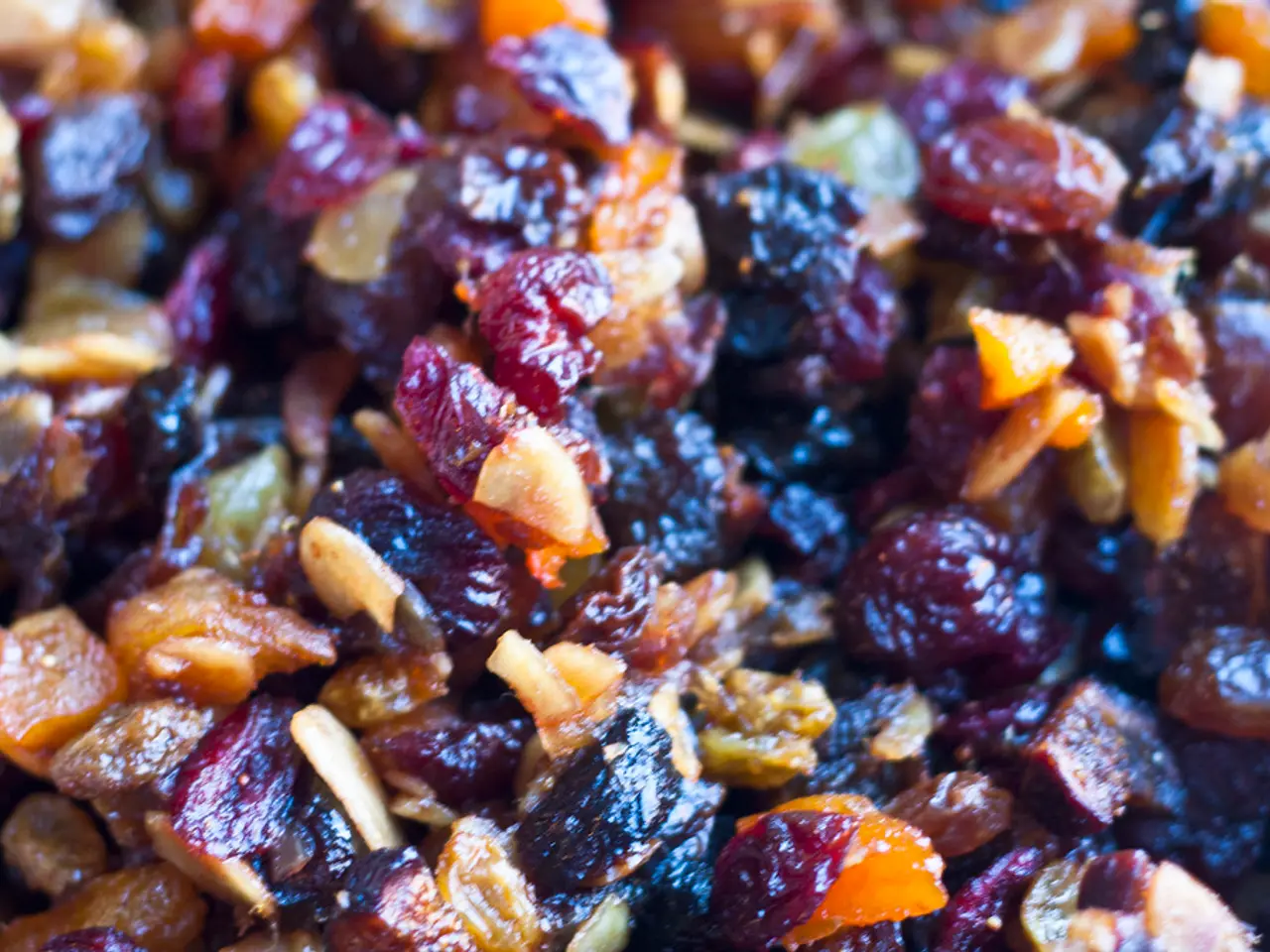Is there a nutritional edge to brown eggs over white ones?
In the realm of grocery shopping, eggs are a staple item for many households. But have you ever wondered about the factors that influence the colour, nutrition, and quality of these humble yet versatile food items? Let's delve into the world of eggs and uncover some interesting insights.
Firstly, the colour of an eggshell is primarily determined by the breed of the hen. For instance, chickens such as Leghorn, White Rock, and Cornish lay white eggs, while Rhode Island Red, New Hampshire, and Plymouth Rock chickens lay brown eggs. The pigment in brown egg-laying hens is primarily due to the pigment protoporphyrin, which is deposited on the eggshell during egg formation. This pigment's intensity and colour are influenced by several factors including the hen’s genetics, diet, age, season, flock health, and stress levels.
When it comes to egg nutrition, the pigmentation of the eggshell itself primarily affects the shell colour and does not directly impact the nutritional content of the egg's interior. However, the hen's diet plays a significant role in the nutritional quality of the egg yolk. Chickens fed diets rich in leafy greens, flowers, seeds, and insects produce yolks with more intense, darker orange color and higher nutrient levels. This is especially true for free-range or pastured hens compared to caged hens fed mainly grain-based diets.
Interestingly, eggs from free-range hens allowed to roam outside have been suggested to have a higher vitamin D content due to exposure to sunlight. Producers may also raise hens without antibiotics, making the eggs antibiotic-free.
The USDA advises people to consider purchasing only refrigerated eggs in retail stores. The USDA grade shield or mark on a carton indicates quality and size. The most common egg grades sold in retail stores are U.S. grade A. No evidence suggests that either white or brown eggs taste better overall, and the USDA notes that nutrient levels are not significantly different in white and brown shell eggs. Freshness and clean, uncracked shells are important factors when choosing eggs.
Lastly, the size of an egg does affect its nutrition. For example, a jumbo egg contains 90 calories and 8 grams of protein, while a medium egg contains 60 calories and 6 grams of protein. People should avoid buying out-of-date eggs. U.S. grade AA eggs have thick and firm whites and yolks, and clean, unbroken shells.
In the world of rare egg colours, Araucana chickens, from South America, lay eggs that are blue or green. Cage-free hens must have access to unlimited food and water and the freedom to roam their area during the laying cycle. The USDA regulates the term "organic" for eggs from uncaged hens with access to outdoor space and an organic diet.
In conclusion, both genetics and environmental factors shape the visual traits of egg pigmentation, while nutrition is mainly influenced by dietary inputs affecting yolk composition. By understanding these factors, consumers can make informed decisions when choosing eggs, ensuring they get the best quality and nutrition for their needs.
- The pigment protoporphyrin, primarily responsible for the color of brown eggshells, is influenced by factors such as the hen's genetics, diet, age, season, flock health, and stress levels.
- Chickens fed diets rich in leafy greens, flowers, seeds, and insects produce yolks with more intense, darker orange colors and higher nutrient levels, making a significant impact on the egg's nutritional quality.
- Eggs from free-range hens may have a higher vitamin D content due to exposure to sunlight and can be antibiotic-free, depending on the farm's practices.
- When shopping for eggs, consumers should prioritize freshness, clean, uncracked shells, and choose refrigerated eggs, as indicated by the USDA grade shield or mark on the carton.
- Rare egg colors, such as blue or green, can be found in eggs laid by Araucana chickens, with the USDA regulating the term "organic" for eggs from uncaged hens with access to outdoor space and an organic diet.




